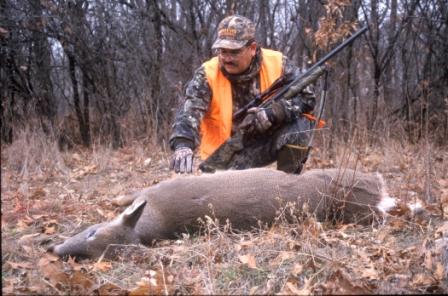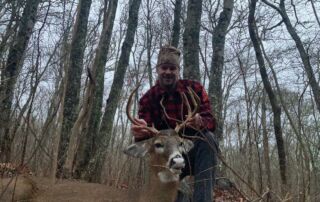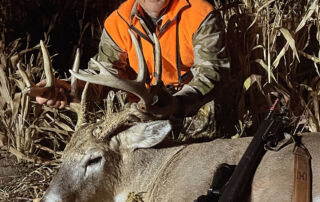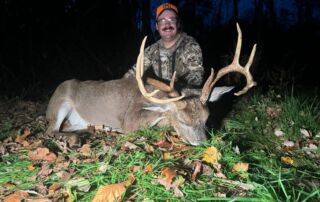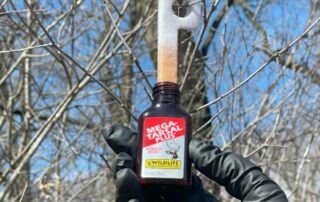Are Deer Hunters Shooting Enough Does?
State biologists and experts with the National Deer Association have raised concerns about the too-low doe harvest in most corners of America. “From 2000 to 2015, doe harvest far exceeded buck harvest, sometimes by as much as 31%, but we haven’t seen a season like that in 10 years,” says Kip Adams, wildlife biologist and NDA’s Chief Conservation Officer. “Deer populations are strong and growing in most areas, so it’s critical we continue working to boost the doe harvest nationally.” The NDA points to some states where hunters are not shooting enough does: Virginia, West Virginia, Kentucky, New York, Michigan, Wisconsin and Minnesota. Even in Texas, where people shoot more does every year than in any state, the harvest is [...]

